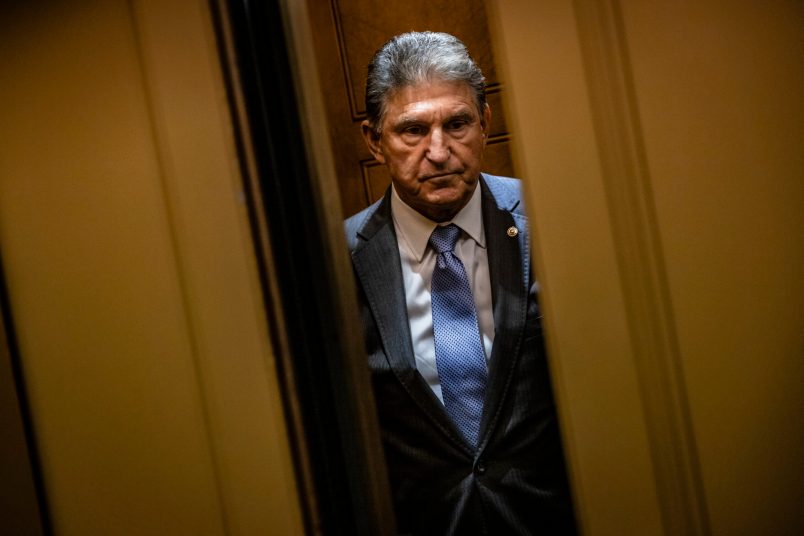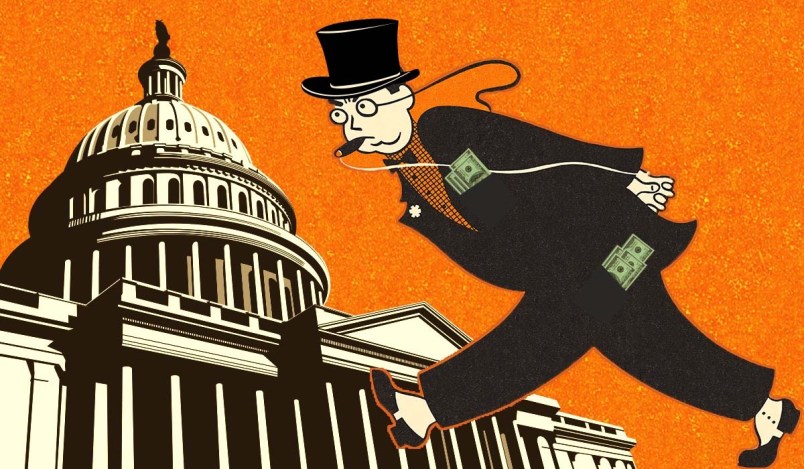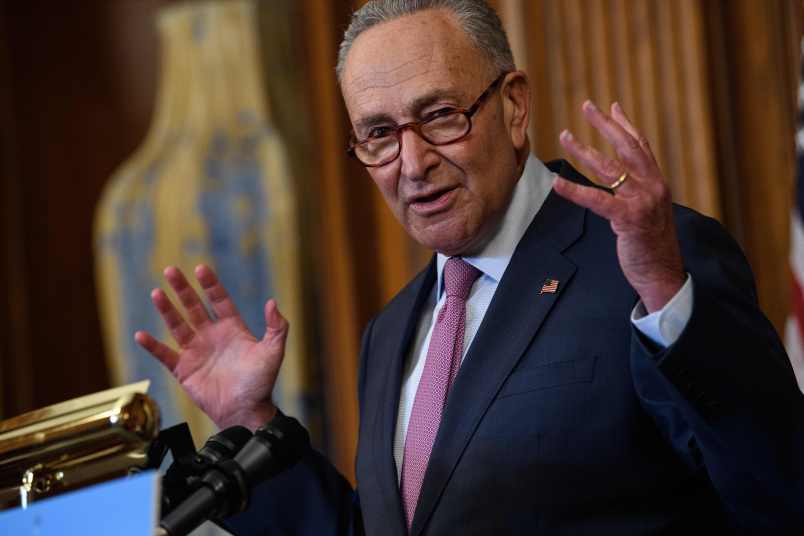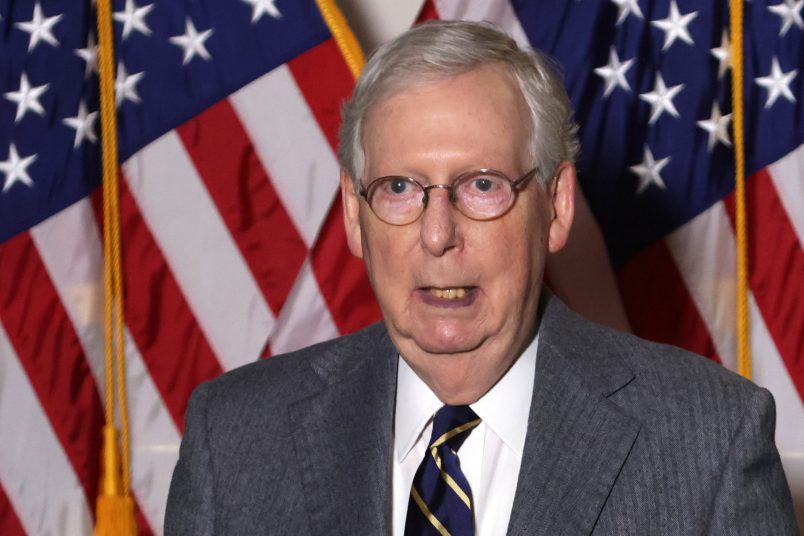President Obama’s decision to sign an executive order affirming that the health care bill’s abortion language doesn’t provide federal funds for abortion doesn’t really change anything about the bill’s provisions. Yet somehow it has infuriated both anti-abortion conservatives and pro-choice progressives.
Republicans, and pro-life groups have assailed the bill as the most pro-choice bill in decades. Taking him at his word, Rep. Randy Neugebauer (R-CA) called the bill a “baby killer.”
On the flipside, women’s groups lashed out at the bill and Obama–and by association, pro-choice leaders in the House like Rep. Diana DeGette–for setting back the cause of reproductive rights.
“This executive order…sends the outrageous message that it is acceptable to negotiate health care reform on the backs of women,” reads a statement issued by the National Organization for Women.
“The President’s decision to issue an executive order designed to assuage Representative Stupak and his cohorts is a betrayal of millions of women across this country and of his campaign promises,” said Nancy Northup, president of the Center for Reproductive Rights, in an official statement. “The order lends credibility to an already impossibly flawed policy that punishes and discriminates against poor women by denying them the full range of reproductive health services and their constitutional right.”
But for both sets of critics, the hubbub about the executive order is by and large a proxy for their feelings about the underlying language in the bill, which abortion activists on both sides despise. The executive order doesn’t change the impact of the bill’s provisions. And in the end, the dustup over the order reflects an age old tension between activists and their representatives in Congress, who often have to make concessions to their nemeses.
The final health care bill abides by the Hyde amendment by taking the notion of segregating private and public funds to the extreme. Under the terms of the bill, the vast majority of insurance consumers in the individual market will have to either forego buying insurance policies that cover abortions, or write two separate checks: One for most covered services, another for potential abortions. The government provides a third stream of funds, and it’s up to the insurance companies to keep all these funds separate, so that abortions are paid for out of funds provided by private citizens.
Rep. Bart Stupak (D-MI) wanted the bill to work differently. He fought for language that would have prevented consumers with federal subsidies from buying insurance policies that cover abortions. Those individuals would be allowed to pay for separate “rider” policies out of their own pockets–but they’d be separate policies.
Pro-life groups reacted to this technical decision apoplectically–and by and large, their representatives in Congress did the same. Pro-choice groups hated both ideas, but their representatives ultimately made peace with the language in the bill. Once they decided they could abide by that language, it became a question of whether pro-life Democrats who wanted stricter language could find cover for voting for the bill. That’s what the executive order supplied.
“What the bill does and what the executive order does is underscore that the status quo is preserved,” said White House Press Secretary Robert Gibbs at his daily press conference yesterday, acknowledging that the order it self changes nothing. And while legislators maintain that the executive order offered an acceptable middle ground between pro-choice and pro-life Democrats, privately, aides in both leadership and to rank and file members acknowledge that order was a symbolic gesture that allowed Stupak to save face…but nothing more.
But the symbolism matters a great deal to outside groups. To anti-abortion groups, it’s a confirmation that their push to tighten the restrictions in the bill failed. And to pro-choice groups, it was a sign that their representatives in government were willing to take a symbolic stand with the other side in order to save the health care bill.










